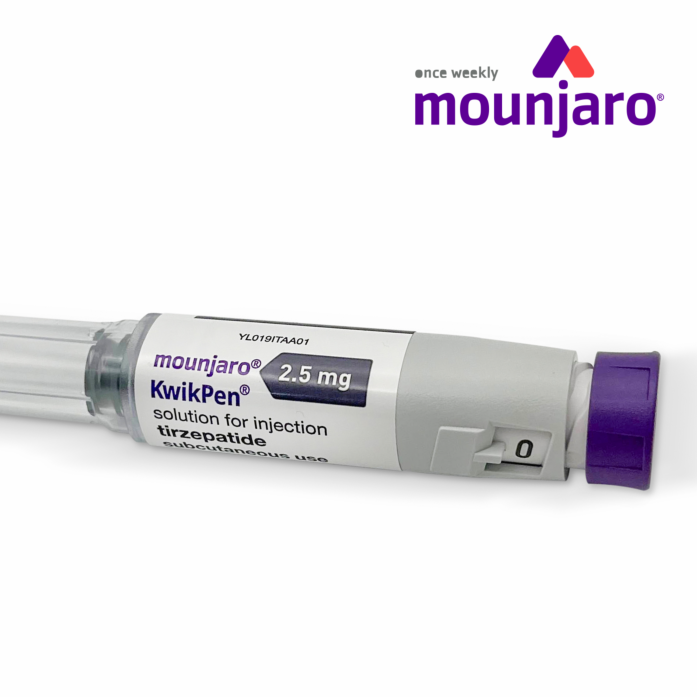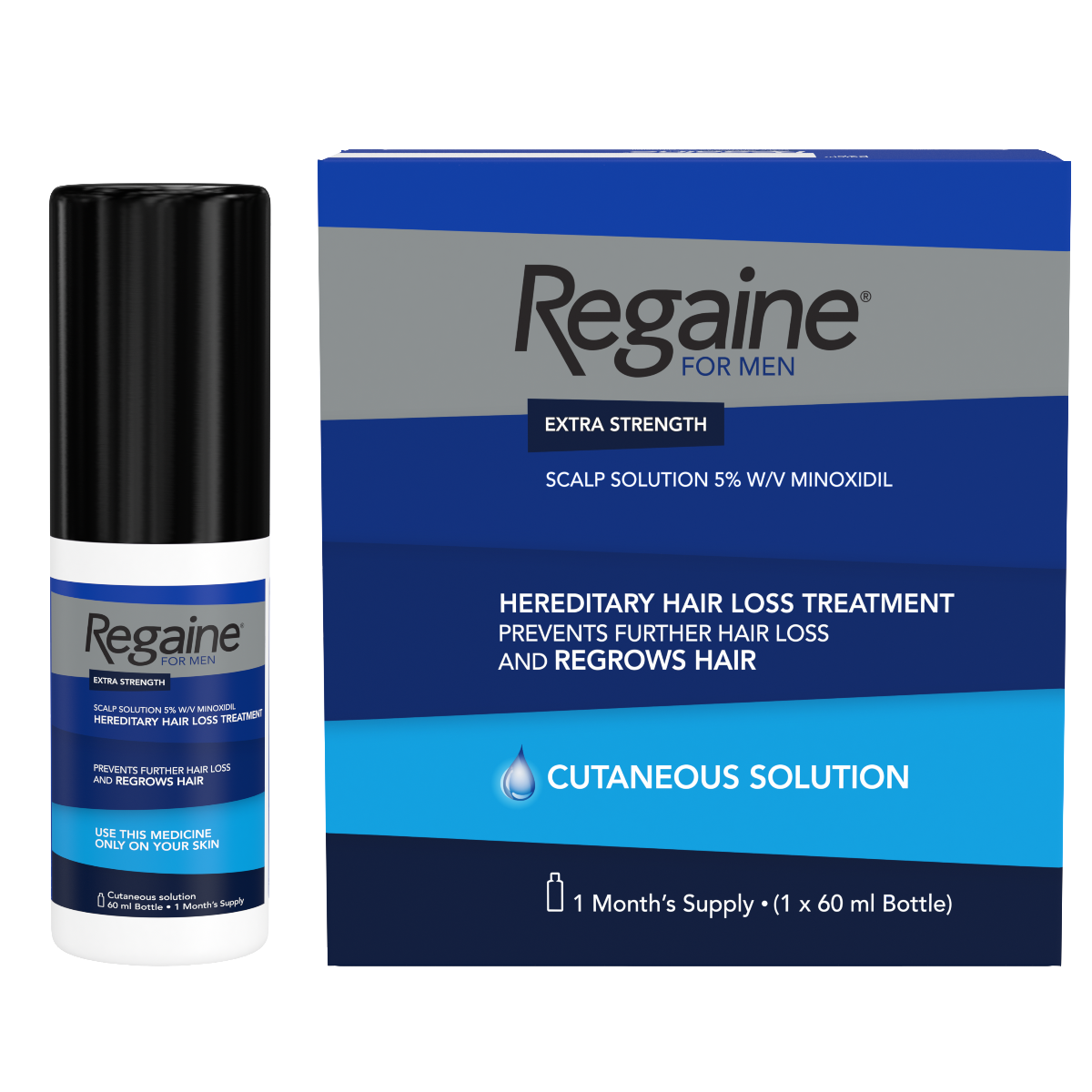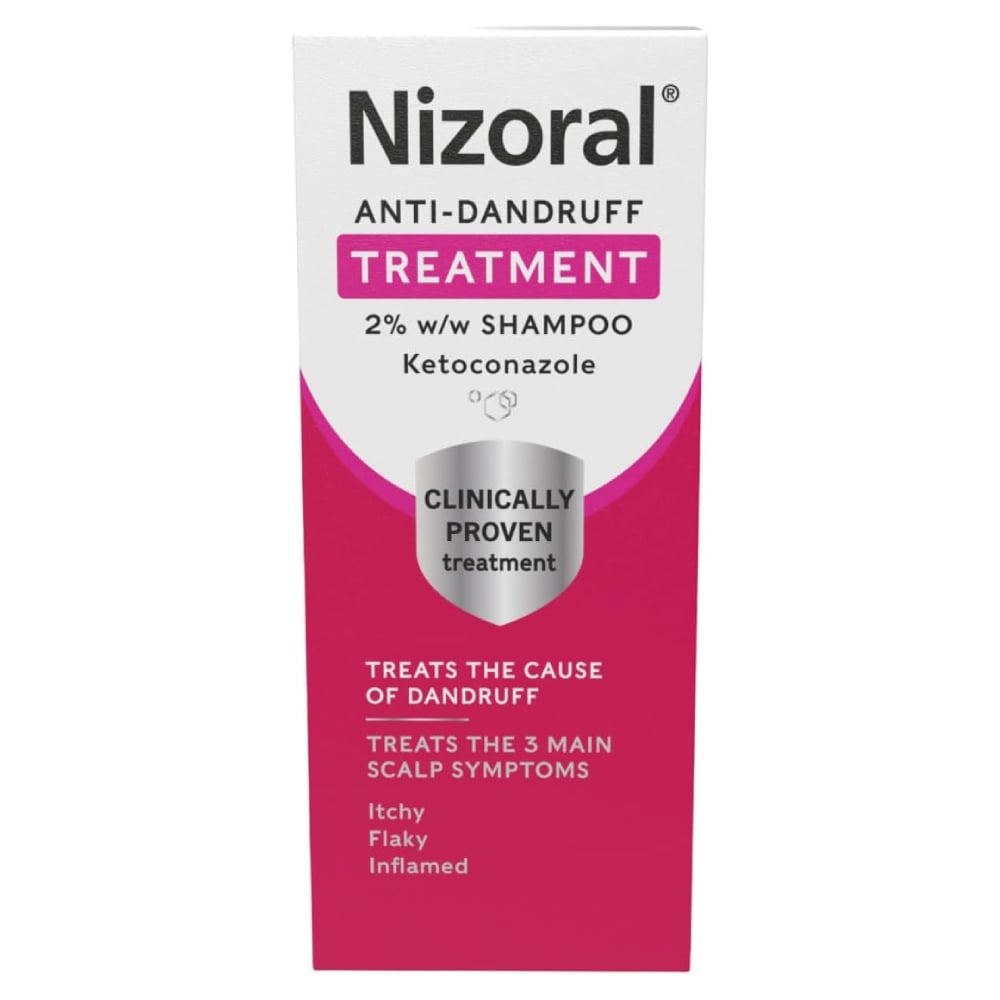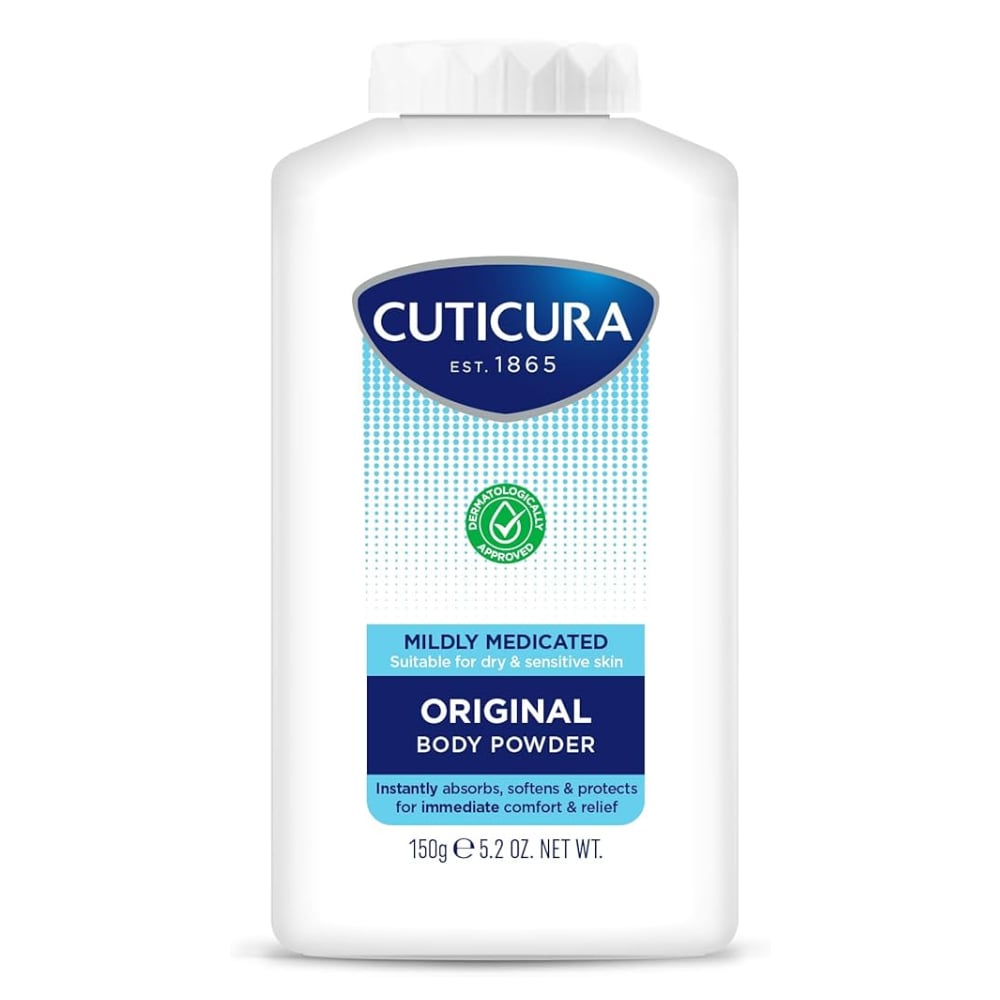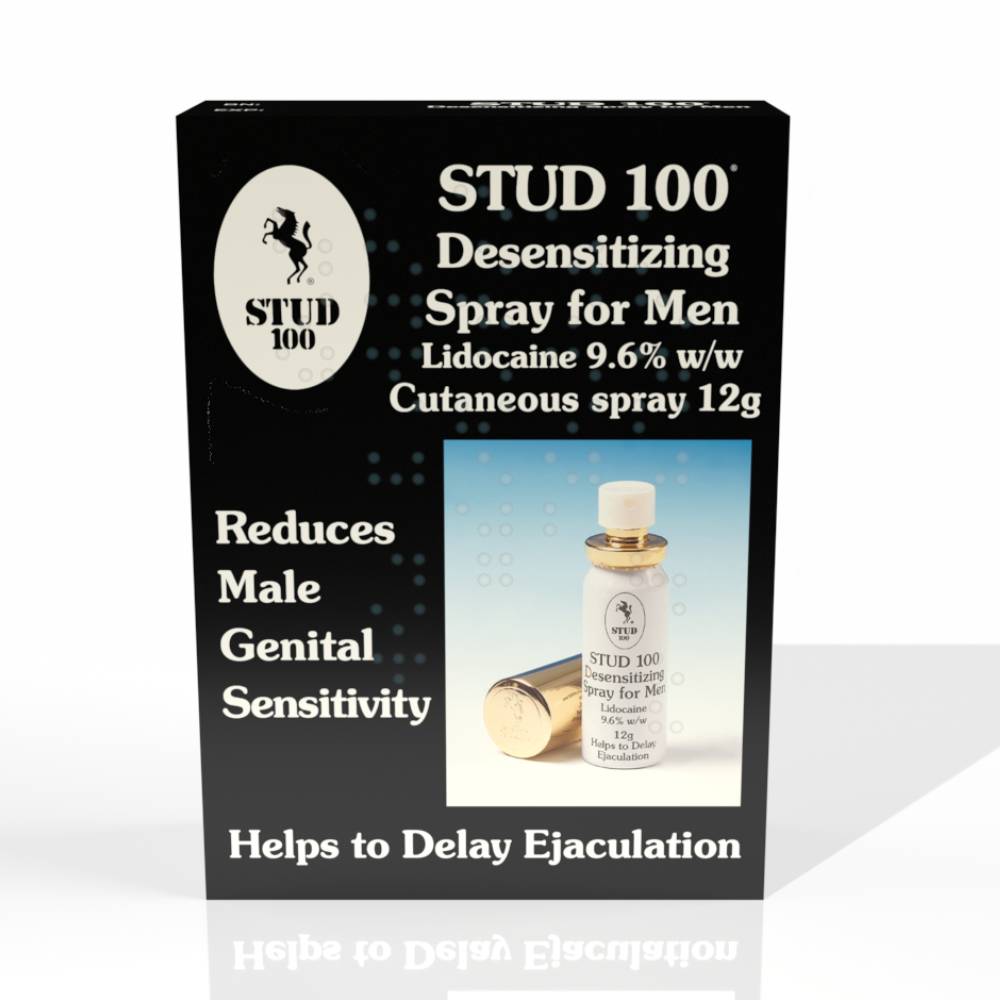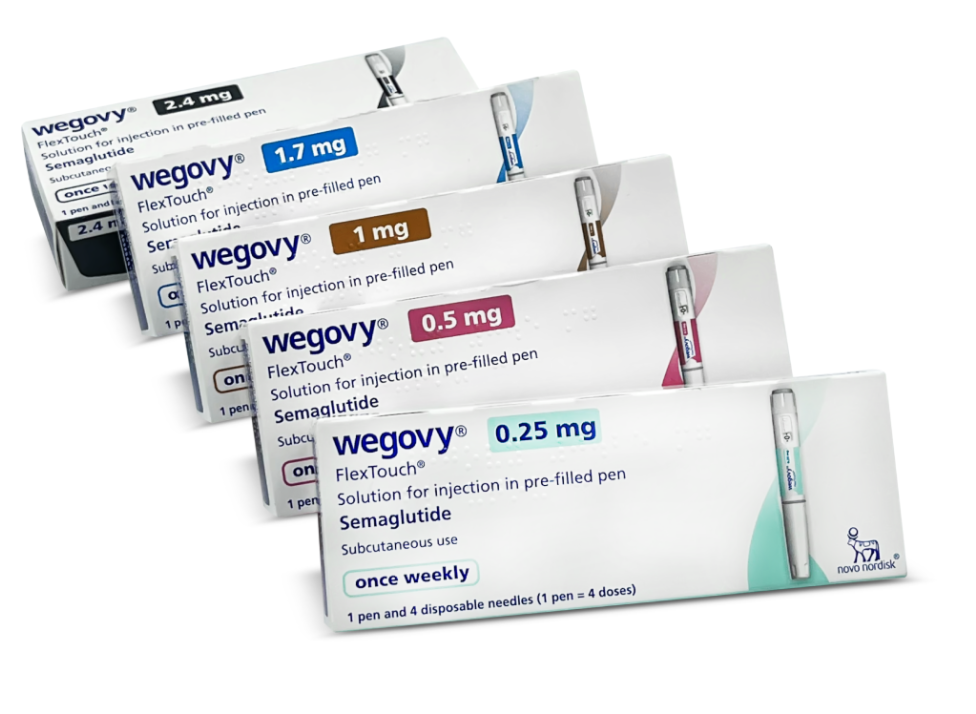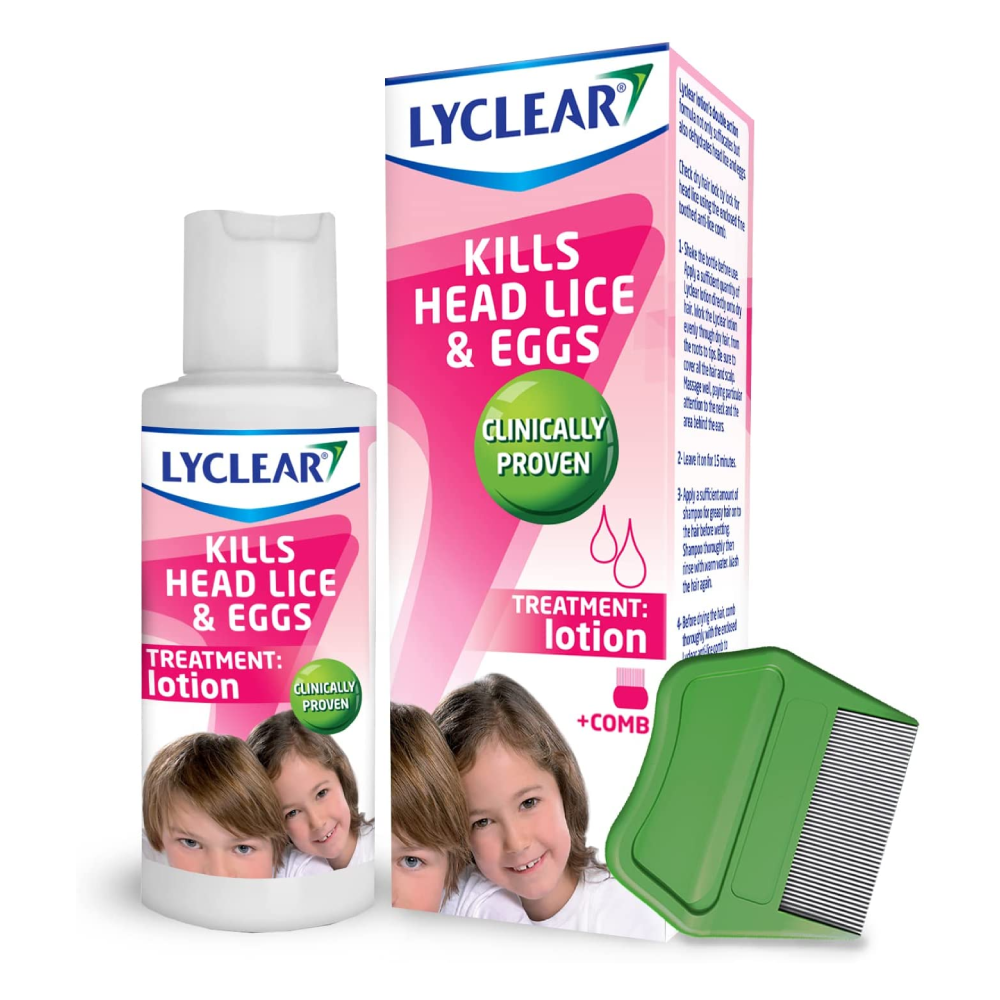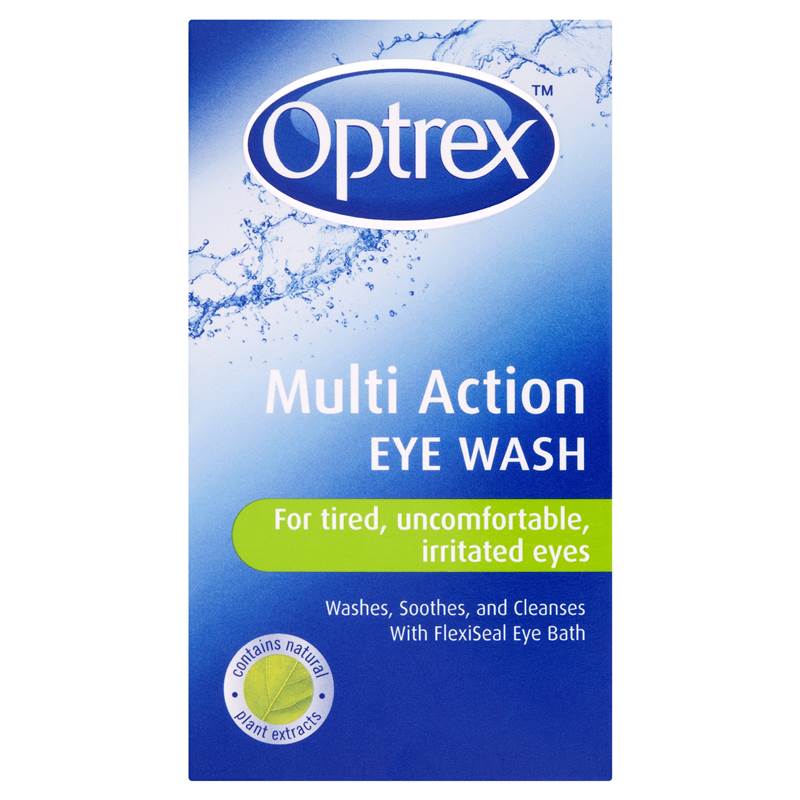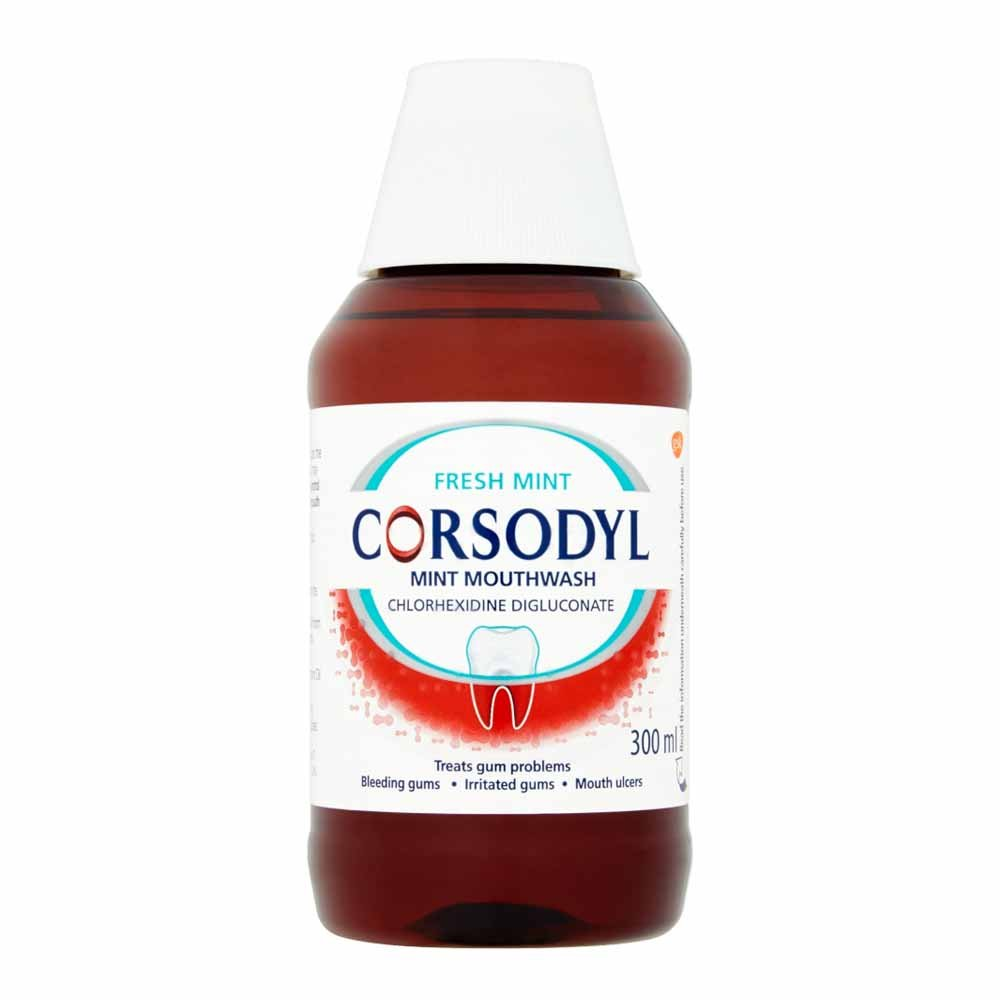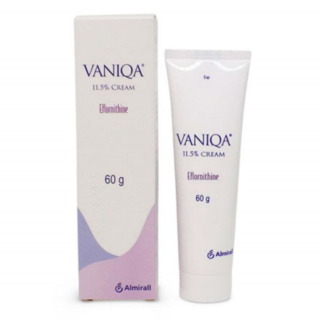Facial Hair
If you’re a woman, having hair on your face (facial hirsutism) may cause you to feel self-conscious. After all, facial hair is typically associated with male characteristics. But the fact is, certain hormonal conditions can cause women to have facial hair too. In fact, 5–10% of women of reproductive age have hirsutism, which occurs most frequently in people of Mediterranean or Middle Eastern descent.1,2 … Read More See less
Hirsutism can cause women to grow hair on their chest, abdomen, lower back, upper arms, buttocks and thighs, as well as on their face.2,3 These are all known as androgen-dependent areas, meaning they are influenced by your levels of androgens (male hormones, e.g. testosterone).3,4 However, this article will exclusively discuss female facial hair.
Let’s find out what causes female facial hair, which conditions are associated with it and what treatment options are available, including cream to get rid of facial hair.
What is facial hirsutism?
Facial hirsutism is when a woman has thick, dark hair on her face4,5 Hirsutism specifically refers to hair that grows in a male pattern.5 If you have excessive hair growth that doesn’t occur in a gender specific pattern, this is a different condition known as hypertrichosis.2,5 You can also have hirsutism if you’re male, but it can be difficult to tell apart from typical male hair growth.6
Hirsutism is not a dangerous condition, in that it does not affect your physical health.6 However, it can have an impact on your social life and cause you to feel stressed, anxious or depressed.6
What causes facial hirsutism?
Hirsutism is mostly caused by an excess of androgens, increased skin sensitivity to androgens or both.2,3 While androgens are known as male hormones, as they trigger the development of male characteristics during puberty, they are actually produced by both men and women, just in different amounts.2,5,7
Several conditions can cause hirsutism, the most common of which is polycystic ovary syndrome (PCOS).2,4,6 PCOS causes irregular periods, high androgen levels and polycystic ovaries (enlarged ovaries with fluid-filled sacs [follicles] surrounding the eggs).8 PCOS is responsible for over 70% of all cases of hirsutism.9
However, not all cases of hirsutism are caused by PCOS.6 Less commonly, hirsutism can be caused by:4,6,9–11
- Post menopause – a reduction in progesterone can increase the influence of androgens on your hair follicles
- Cushing’s syndrome – when your levels of a hormone called cortisol are too high. This can affect your hair, skin, nails, glands and nerves
- Congenital adrenal hyperplasia (cah) – cah can prevent your body from producing enough cortisol, resulting in an overproduction of androgens
- Medications – anabolic steroids, testosterone, ciclosporin, minoxidil and phenytoin can all cause hirsutism
- Acromegaly – a rare condition that occurs when you have too much growth hormone in your body. This can cause your bones and tissues to grow in an abnormal way
- A tumour – a tumour on your adrenal glands, which produce cortisol and androgens, can cause hirsutism
Importantly, in 5–20% of those affected, no underlying cause is found.2
When to see a GP for facial hirsutism
If you think you have facial hirsutism, you should arrange to see your GP as they will want to explore what’s causing your hair growth.4 They are likely to do a blood test to measure your hormone levels.4 You may also be referred for an ultrasound to examine your ovaries and uterus, in case they think you may have PCOS.6
However, you should also see a GP if your hirsutism:2
- Developed quickly over 1–2 years, or before puberty
- Occurs alongside menstrual irregularities
- Is accompanied by other features of excess androgens, such as thinning scalp hair, baldness, or deepening of the voice
- Occurs alongside obesity or diabetes
Facial hair removal for women
If you have an underlying condition, this will be treated first to see if your hirsutism responds well.5 If you still need to find a treatment for hirsutism that works for you, or if you have hirsutism with no underlying cause, treatments include:2,5,6,12
Home remedies
- Shaving – the simplest method of hair removal. Some people believe that shaving can cause more hair to regrow, but this is not true. However, you do need to shave regularly to prevent stubble, and frequent shaving can irritate your skin
- Waxing –an effective method of hair removal, but painful. It can also irritate your skin and should be used with caution on the face
- Facial hair removal cream (depilatories) – facial hair depilatory cream chemically dissolves your hair shafts to remove the hair without leaving any stubble. However, it can also irritate your skin. Before using depilatory cream for facial hair removal, you should do a skin test to check whether your skin can tolerate the product
- Bleaching – bleaching products can lighten your dark hairs. However, they can also irritate your skin if they’re left on for too long and may temporarily lighten darker skin tones
Permanent hair removal
- Electrolysis – using a tiny needle, a mild electrical current is passed into a hair follicle to destroy the hair root permanently. Each individual hair follicle needs to be treated individually, so you will need multiple treatments and it can take a long time to cover large areas. The procedure can be expensive, time-consuming, and painful, and it is not normally available on the nhs. Electrolysis can cause scarring
- Laser hair removal and intense pulsed light (ipl) –heat from a laser is used to destroy cells that have a lot of pigment (colour), like dark hair. Your hair transfers the heat to the hair follicles and destroys them, so your hair can’t grow anymore. Laser hair removal and ipl are expensive and are not normally available on the nhs. You will need several treatments over a period of months. They can cause redness, skin discolouration and scarring
Medications
- Eflornithine cream – a topical product you rub on affected areas. It doesn’t remove hair but works by slowing down hair growth. Eflornithine cream may take at least four to eight weeks of regular use before you notice an improvement and you will need to use the product continually to maintain the effect. Side effects can include burning or stinging, inflamed hair follicles and acne
- Oral contraceptive pills – these are the most common medications used to treat hirsutism. The combined oral contraceptive pill (containing oestrogen and progesterone) lowers your androgen levels to help reduce hair growth. They can take between six to twelve months to have an effect
- Anti-androgens – true to their name, these medications (including finasteride, cyproterone acetate and spironolactone) block the action of androgens that can cause hirsutism. They may take several months to have an effect and need to be taken continually or your hirsutism will return. However, these medicines are not formally approved for the treatment of hirsutism in the uk
- Insulin-lowering medications – these medicines (including metformin and pioglitazone) are widely used to treat pcos. They reduce your levels of blood insulin and androgens. However, they have been found to be less effective than the oral contraceptive pill and anti-androgens for hirsutism and are not officially approved for this use
Sources
- https://cks.nice.org.uk/topics/hirsutism/background-information/prevalence/
- https://www.bad.org.uk/pils/hirsutism/
- https://cks.nice.org.uk/topics/hirsutism/background-information/definition/
- https://www.nhs.uk/symptoms/hirsutism/
- https://sussexcds.co.uk/patient-information/hirsutism/
- https://my.clevelandclinic.org/health/diseases/14523-hirsutism
- https://my.clevelandclinic.org/health/articles/22002-androgens
- https://www.nhs.uk/conditions/polycystic-ovary-syndrome-pcos/
- https://cks.nice.org.uk/topics/hirsutism/background-information/causes/
- https://www.patientslikeme.com/blog/hirsutism-and-cah
- https://my.clevelandclinic.org/health/diseases/17743-acromegaly
- https://www.nhs.uk/medicines/metformin/about-metformin/

Free delivery when you spend over £30
100% discreet delivery for every item ordered
Fully regulated UK pharmacy
What is the best way to remove female facial hair?
There are lots of different ways to remove facial hair, but it all depends on your budget, your time, and how dedicated you are to regularly removing the hair.
Tweezers are a good option if there’s a small area you’re targeting as they’re designed for precision, and as they pull the hair from the root, the results can last for up to 8 weeks; however, if there’s a larger area, this method can be time-consuming.
Waxing and threading can be uncomfortable and cause rashes, ingrown hair and acne to develop in certain people.
Using an epilator or laser hair removal device are typically the most effective way to remove facial hair as they have minimal side effects and your skin will be hair-free for longer.


